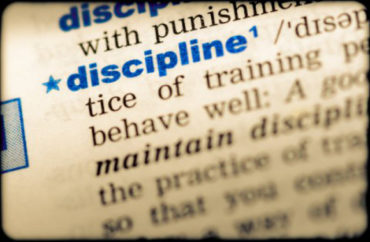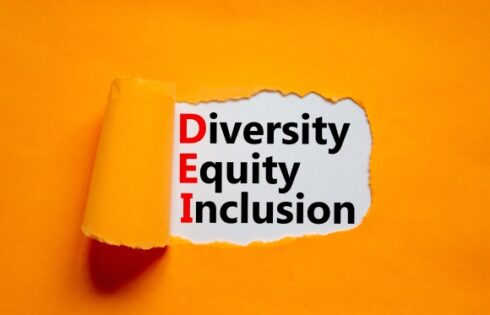
During my teaching years there was nothing more annoying than educationists who never spent and/or taught a single day in a school classroom (particularly a public school classroom) telling you how to do things.
Their latest “research” too often was treated automatically as gospel, and then implemented by district office bigwigs in order to justify their bloated-salary positions.
In a recent Education Week article, researchers from the American Institutes of Research (who appear to fit the bill of those in my first sentence) offer up four supposed “myths” about student suspensions:
1. Suspensions improve student behavior
2. Suspensions help get at-risk students ‘back on track’
3. Excluding a troublemaker from class improves learning for the rest of the students
4. The severity of a student’s behavior drives suspensions
I actually have few quibbles with numbers 1, 2 and 4 (and argue many teachers would agree; more on that in a bit), but number 3 really stands out. Note what they actually say (emphasis added):
The study found that the number and severity of students’ suspensions had no effects on the behavior or academic performance of their peers in high school. In middle school, more and longer student suspensions were actually associated with more absenteeism and lower math and reading standardized test scores for their peers.
The number is more important than the severity, for the key is the actual removal of the disruptive student. And regarding this, a portion of the actual study contradicts the above quote (emphasis added):
Indeed, a number of studies examining exogenous [“relating to or developing from external factors”] shocks to peer composition and configuration of schools have found negative effects of disruptive students on peers’ learning and behavior […] classrooms associated with the inclusion of students with emotional and behavioral disorders in general education classrooms found evidence of negative spillover effects on peers’ behavior problems as well as on their reading and math skills.
Who would have thought? Disruptive students can (negatively) affect the learning environment of a class! They actually need studies for this. And — how many teachers can relate how the behavior of chronically misbehaving students ticks off the rest of the class … so much so that they began chastising the offending student along with the teacher?
MORE: Federal DOE eyes racial quotas in school discipline, expert warns
(Note, too, the wording is tricky in the Ed Week article itself. For instance, at the beginning it states “suspended out of school,” but soon after we see “You can’t replicate the classroom experience for someone who’s going to return to the classroom by removing him or her to some other place.” This could include in-school suspensions.)
Teachers are more concerned about getting a disruptive student out of their class so they can teach (and the majority of the class can learn) than they are about the bad apple’s punishment. Unfortunately, over the years this has become more difficult as emphasis has focused on things like “least restrictive environment,” “restorative justice” and the like. The onus is on the alleged “rights” of disruptive students over those who want to learn.
Teachers must go out of their way to discover what ails the misbehaved, become a social worker, talk it out and come up with solutions. And in the meantime, don’t forget about the other 30 other students in the class to whom you have to teach!
Look at it this way: Far-left educationists and administrators have put in place a system akin to what a socialist Queens City Council candidate wants for the Big Apple. According to the New York Post, Tiffany Cabán’s “New Vision of Public Safety for New York City” would have an assault victim join a “restorative justice circle” with his/her assailant to discuss and develop an “accountability and consequences plan.” This plan does not include “actually getting the assailant off the streets to protect others,” the Post notes. For real.
Returning to “myths” 1, 2 and 4, here’s what the deal:
1. Who cares? The important thing is the disruptive influence is OUT of the classroom.
2. Out-of-school suspensions may not (but as noted just above, it’s not the most important factor), but in-school suspensions can if there’s a teacher in attendance to assist students (as there should be).
4. Actually, in most cases it certainly does. Any worthy administrator will mete out punishment based on what the actual offense was. A general class disruption (talking too much, throwing stuff, etc.) probably never garners a suspension these days, even in-school. At most it’ll get a detention. Suspensions are reserved for the severest of offenses (fighting, sexual assault), although today, believe it or not, even these may not warrant suspension. Suspensions for lesser offenses like general class disruptions occur when that behavior is repeated and/or constant.
MORE: Teacher: A student stole my car and received no discipline from the school, cops
IMAGE: Shutterstock.com
Like The College Fix on Facebook / Follow us on Twitter






Please join the conversation about our stories on Facebook, Twitter, Instagram, Reddit, MeWe, Rumble, Gab, Minds and Gettr.